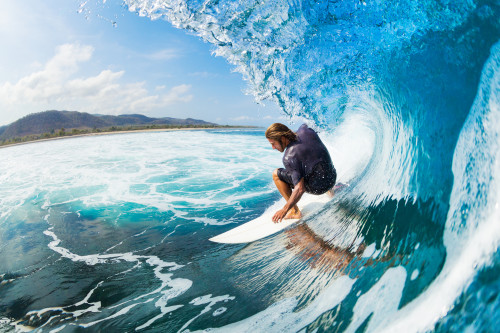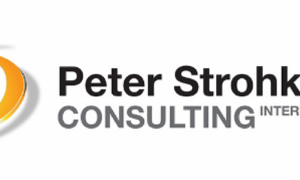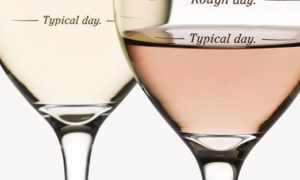When you think of problem solving, what comes to mind? For most of is it will probably be someone sitting at a desk, scratching their head and chewing a pencil. That is to say that we normally think of problems as things that we do slowly over time and in a considered fashion.
In reality though, this often is not the case. Often we will be forced to solve problems rapidly and on the fly and this is when things can get difficult. Here we’ll look at why this ability is so important and at what you can do to improve it.
Action Sports
The best place to study ‘rapid problem solving’ is in the world of action sports. This will include sports like snowboarding, surfing, racecar driving and others that involve last-minute reflexes and reactions. While you might think that these actions occur automatically and in the moment, they can nonetheless still be considered as a form of decision making.
For instance, while it might be pure impulse to go around an obstacle, you still need to think which way around that obstacle you want to go – which should normally mean weighing up which route would be quicker, which has the most obstacles further on and which will make it easiest to balance as you travel. And you won’t be faced with one decision like this but countless ones.
In every-day life we make decisions like this all the time too – right down to knowing when to cross the road. So how can you improve this kind of decision making process?
Flow States
The answer might lie in ‘flow states’. Flow states are a psychological phenomenon that allow us to make rapid decisions accurately that we would otherwise not be capable of. During these states we are completely focused on the matter in hand and we are able to perform flawlessly almost without thinking about it. The world seems to slow down and we become untouchable. And interestingly, it seems to be very similar to the state of flow we get into when we’re very focused on a work project.
This state is triggered by numerous neurochemicals including dopamine, norepinephrine, anandamide and endorphins. It is similar to the fight or flight response (which normally deadens creativity) but where you remain relaxed and in control the whole time.
How to Get Into Flow
So how do you get into flow? The answer seems to be that you need to be completely focused on what your doing, which happens when you are a) very passionate about it, or b) you believe your life is on the line. To be better at rapid decision making you need to be 100% present and as with anything, the best way to accomplish that is to practice. Practice doing things you care deeply about and your rapid decision making may just improve!



